Species Photo Gallery for Clastoptera octonotata No Common Name |
 | Photo by: Cindy Darnell
Durham Co.
Comment: observed on host other than Vitis rotundifolia. | 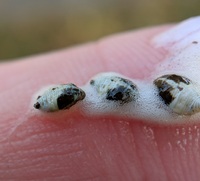 | Photo by: Cindy Darnell
Durham Co.
Comment: observed on host other than Vitis rotundifolia. |
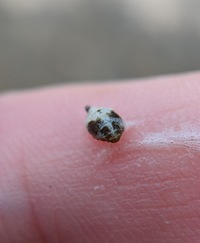 | Photo by: Cindy Darnell
Durham Co.
Comment: observed on host other than Vitis rotundifolia. | 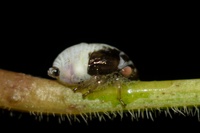 | Photo by: Scott Bolick
Forsyth Co.
Comment: |
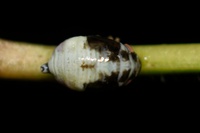 | Photo by: Scott Bolick
Forsyth Co.
Comment: | 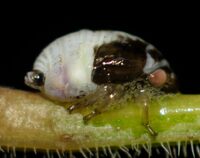 | Photo by: Scott Bolick
Forsyth Co.
Comment: |
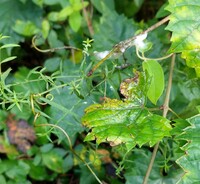 | Photo by: Cindy Darnell
Durham Co.
Comment: Two adjacent spittle nests had a total of 21 nymphs of various sizes. | 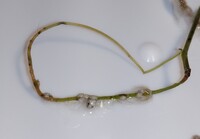 | Photo by: Cindy Darnell
Durham Co.
Comment: Two adjacent spittle nests had a total of 21 nymphs of various sizes. |
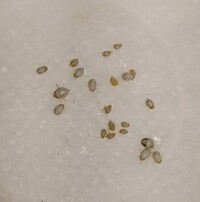 | Photo by: Cindy Darnell
Durham Co.
Comment: Two adjacent spittle nests had a total of 21 nymphs of various sizes. | 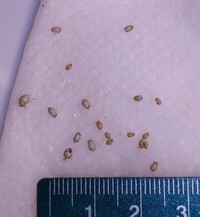 | Photo by: Cindy Darnell
Durham Co.
Comment: Two adjacent spittle nests had a total of 21 nymphs of various sizes. |
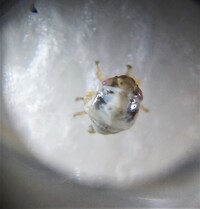 | Photo by: Cindy Darnell
Durham Co.
Comment: Two adjacent spittle nests had a total of 21 nymphs of various sizes. | 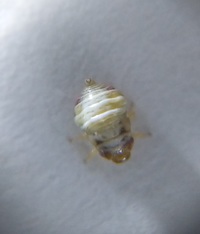 | Photo by: Cindy Darnell
Durham Co.
Comment: Adult spittlebug guarding (?) spittle nest with two nymphs inside. Spittle was very viscous and sticky. |
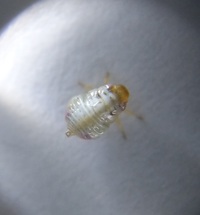 | Photo by: Cindy Darnell
Durham Co.
Comment: Adult spittlebug guarding (?) spittle nest with two nymphs inside. Spittle was very viscous and sticky. | 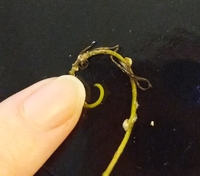 | Photo by: Cindy Darnell
Durham Co.
Comment: Adult spittlebug guarding (?) spittle nest with two nymphs inside. Spittle was very viscous and sticky. |
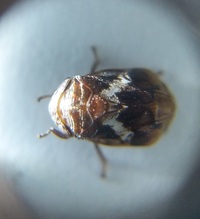 | Photo by: Cindy Darnell
Durham Co.
Comment: Adult spittlebug guarding (?) spittle nest with two nymphs inside. | 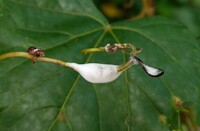 | Photo by: Cindy Darnell
Durham Co.
Comment: Adult spittlebug guarding (?) spittle nest with two nymphs inside. |
 | Photo by: Scott Bolick
Randolph Co.
Comment: | 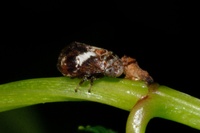 | Photo by: Scott Bolick
Randolph Co.
Comment: |
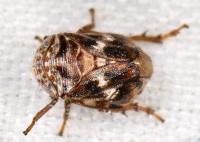 | Photo by: Mark Shields
Onslow Co.
Comment: |  | Photo by: Mark Shields
Onslow Co.
Comment: |
 | Photo by: Randy Emmitt
Orange Co.
Comment: uv light - unid_spittlebug | 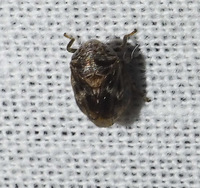 | Photo by: Randy Emmitt
Orange Co.
Comment: uv light - unid_spittlebug |
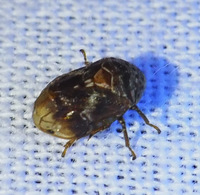 | Photo by: Randy Emmitt
Orange Co.
Comment: uv light - unid_spittlebug | 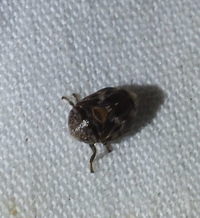 | Photo by: Randy Emmitt
Orange Co.
Comment: with Pecan Spittlebugs on sheet. Same size. |
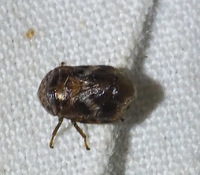 | Photo by: Randy Emmitt
Orange Co.
Comment: with Pecan Spittlebugs on sheet. Same size. |  | Photo by: Kyle Kittelberger, Brian Bockhahn, Paul Scharf
Warren Co.
Comment: mixed hardwood, open forest near lake edge |
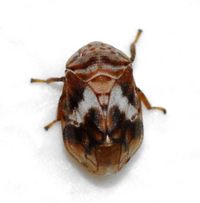 | Photo by: Kyle Kittelberger, Brian Bockhahn, Paul Scharf
Warren Co.
Comment: mixed hardwood, open forest near lake edge |  | Photo by: Kyle Kittelberger, Brian Bockhahn, Paul Scharf
Warren Co.
Comment: mixed hardwood, open forest near lake edge |
 | Photo by: Kyle Kittelberger, Brian Bockhahn, Paul Scharf
Warren Co.
Comment: mixed hardwood, open forest near lake edge | 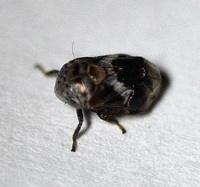 | Photo by: Paul Scharf
Warren Co.
Comment: Attracted to light |
 | Photo by: Paul Scharf
Warren Co.
Comment: Caught sweeping |

 »
»

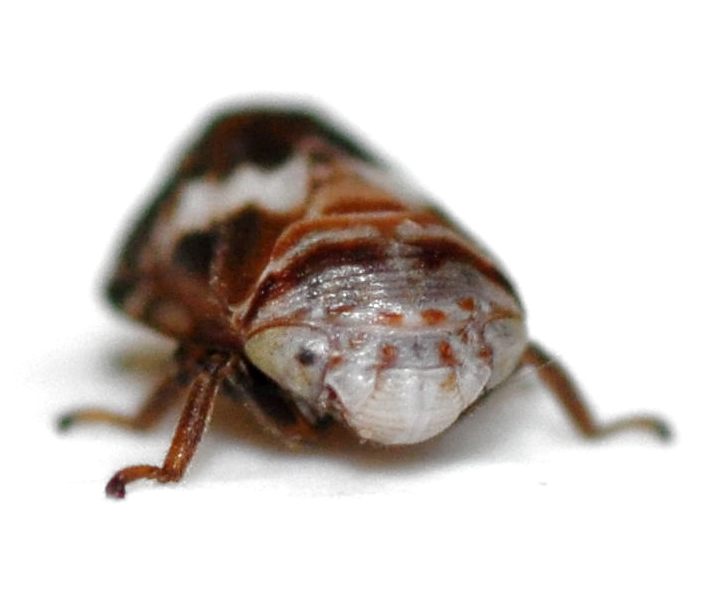
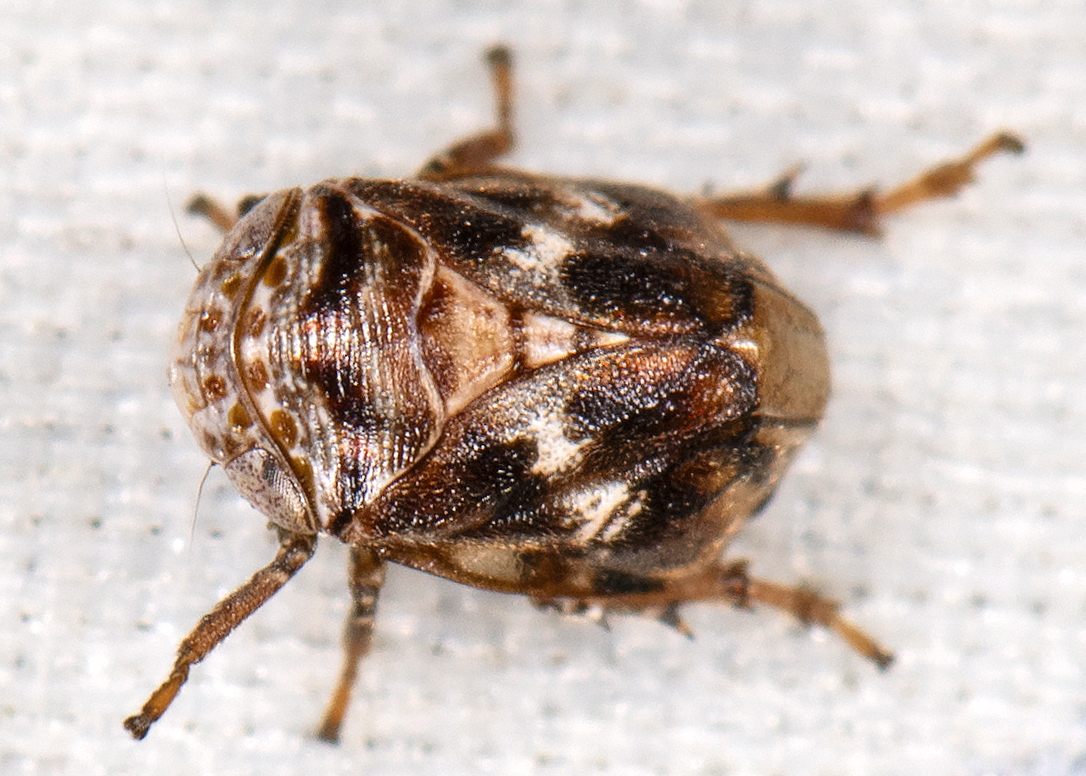

 »
»


